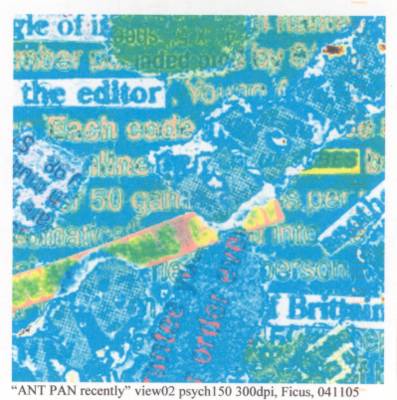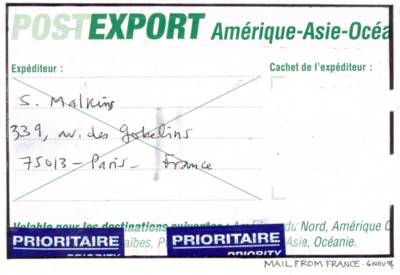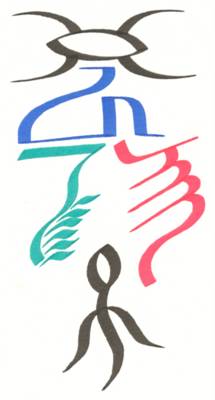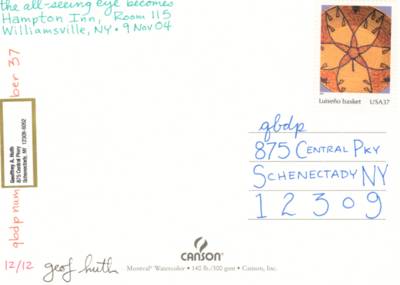The object consists of a stamped metal plate held by two of its corners in slots cut into a piece of brown card. The card is folded into three uneven panels. When closed, the front of the card shows a stamped letter (matching the letter stamped on the metal plate) and four triangular halves from four different Queen Elizabeth II stamps (these latter glued down). The back of the card includes a colophon handwritten with fountain pen. When fully open, the first panel consists of the handwritten letter designation for this card, the second panel holds the metal plate, and the last panel includes a note to the recipient.
The card is inserted into a small cream envelope of laid paper. The letter designation for the card is stamped in purple on the front of the envelope, and a larger version of the letter is hand-colored in green pencil in a stencil shape. The premlip of this envelope includes a handwritten half-signature ("g.huth").
This entire envelope is inserted into a slightly larger brown-grey envelope with my return address stamped on the premlip and the letter designation stamped below it in green.
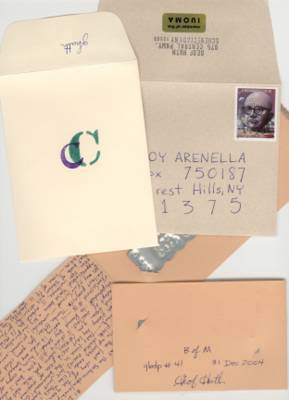
Geof Huth, One and a Third Copies of "On This Site" (31 Dec 2004)
The recipients of this mailing are as follows:
A/M Ruth and Marvin Sackner
B/M Bob Grumman
C/M Roy Arenella
D/M Reed Altemus
E/M Ficus strangulensis
F/M Ruud Janssen
G/M Luc Fierens
H/M Jukka-Pekka Kervinen
I/M Qpidoremix
J/M Mick Boyle
K/M jcsyntheticsuk
L/M Scott McDonald
M/M qbdp
un violon d'ingres
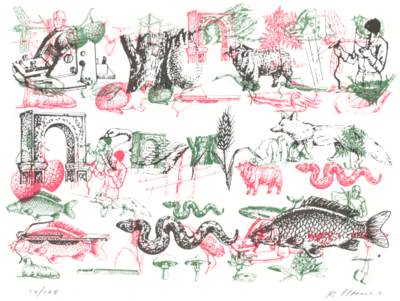

.jpg)

.jpg)
.jpg)





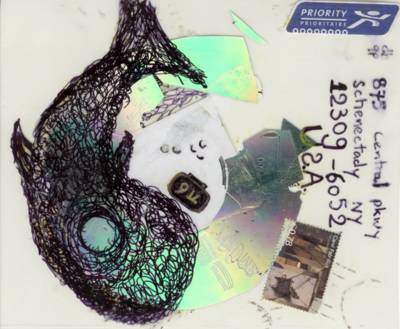
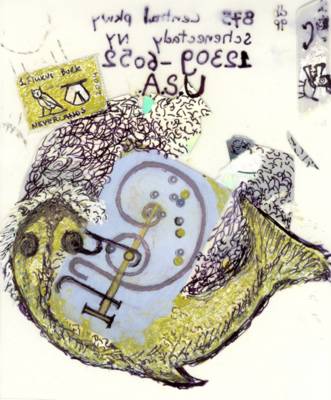



.jpg)
.jpg)
.jpg)
.jpg)
.jpg)
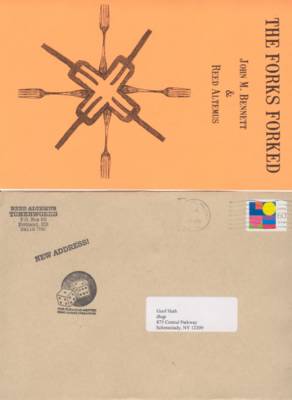



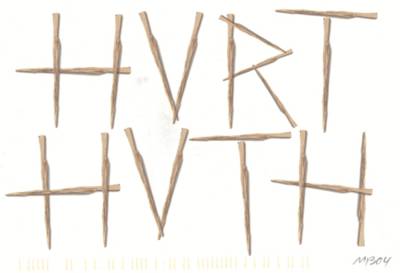
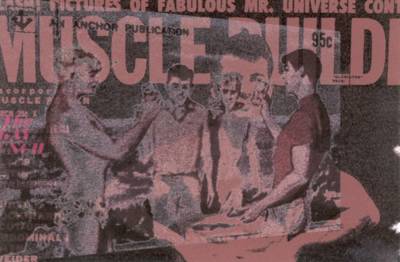






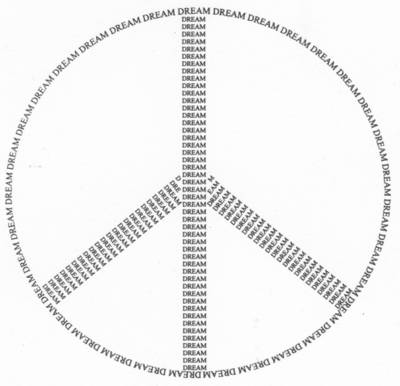

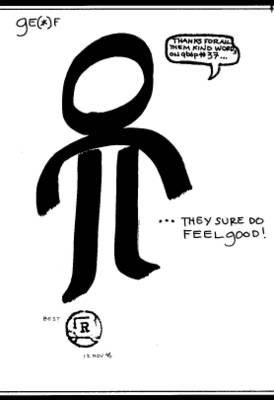
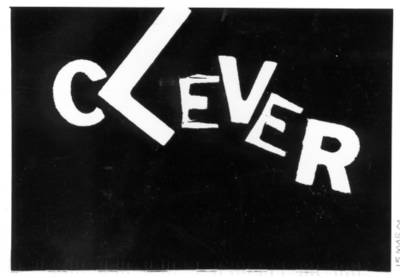
.jpg)



